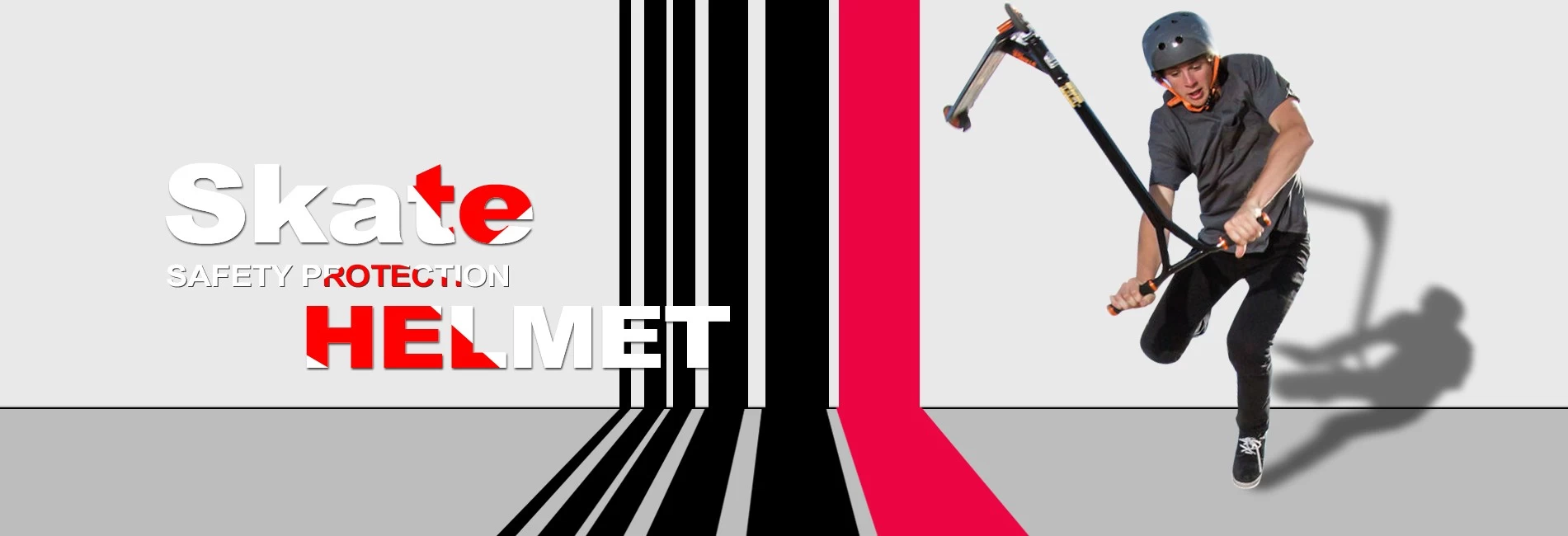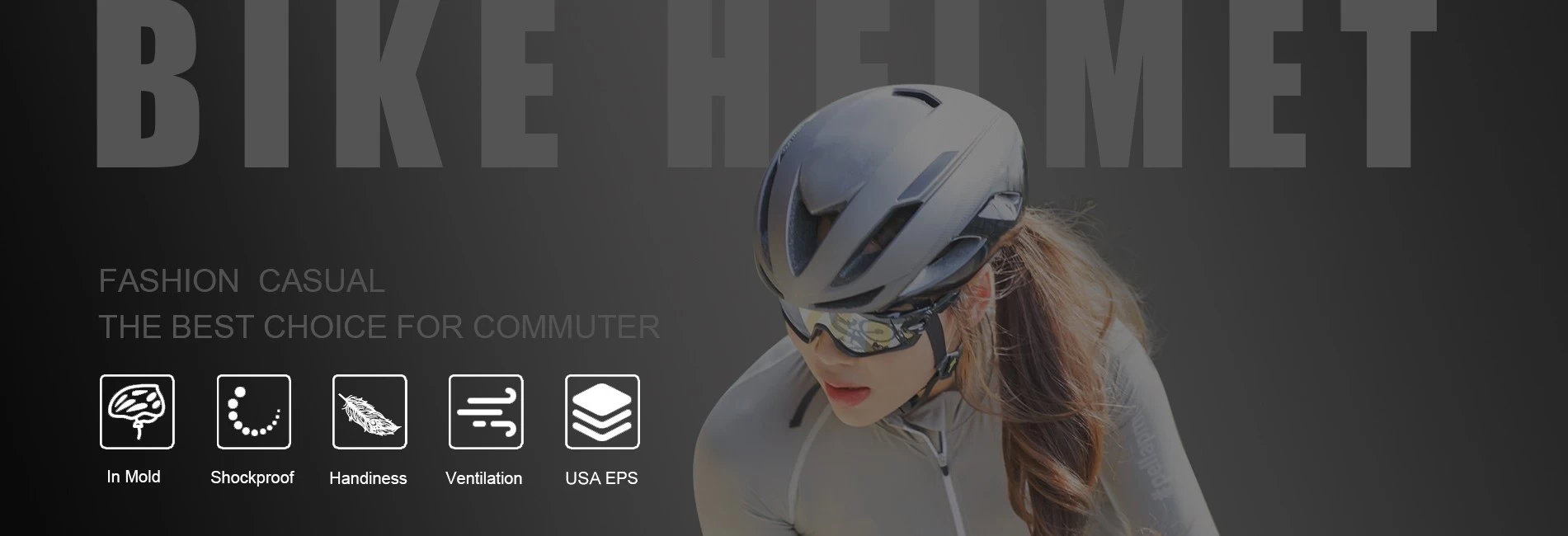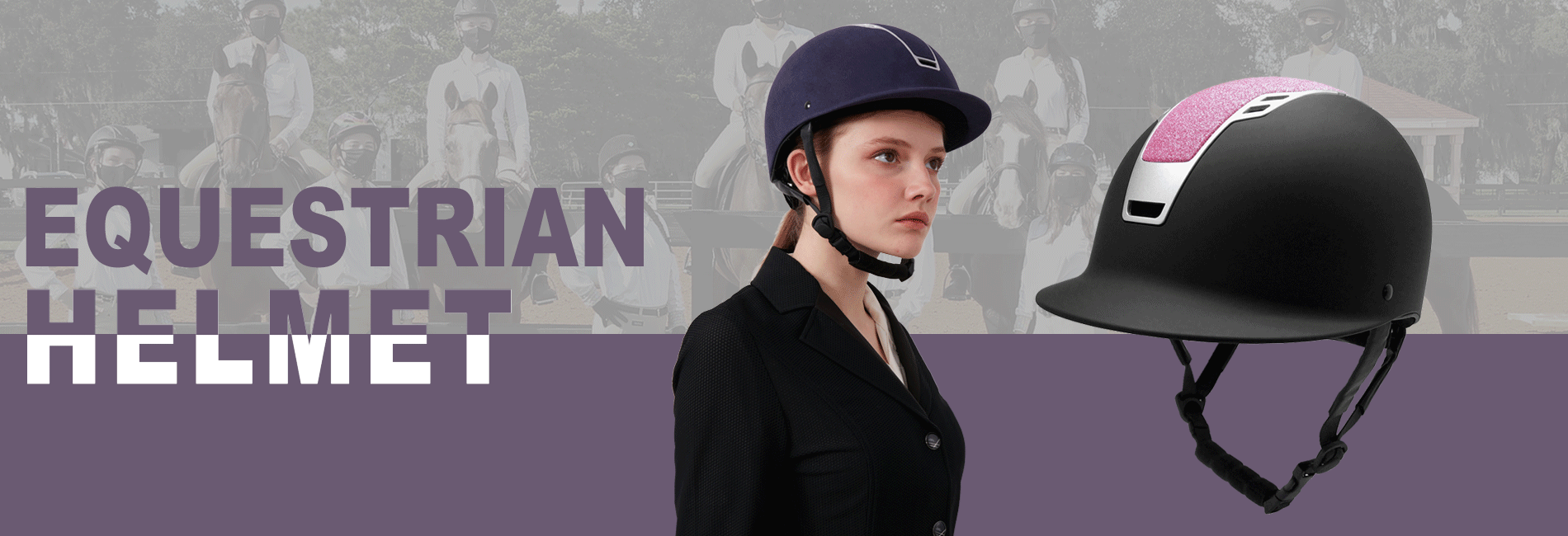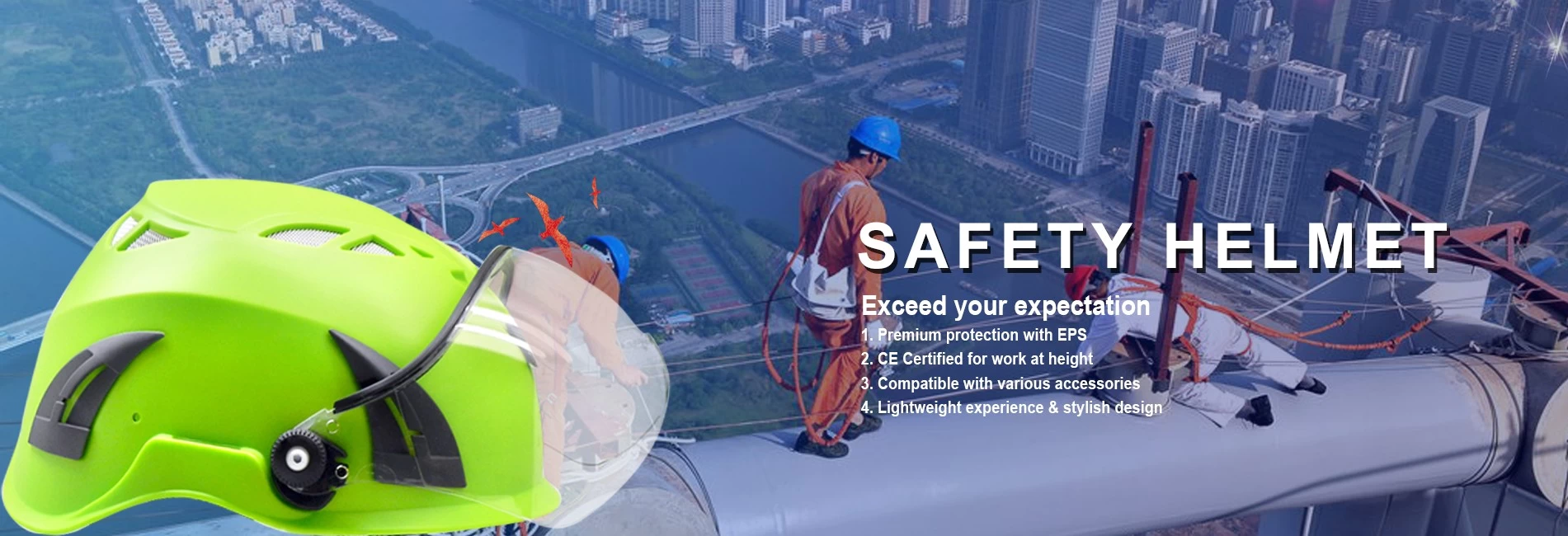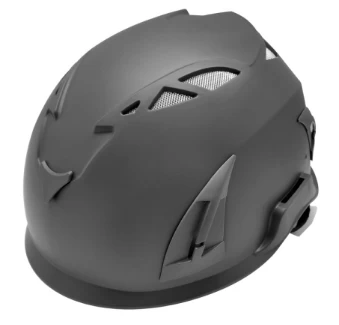What's Different Between Vacuum Forming And Injection?
2019-10-26 10:26:48
What's Different Between Vacuum Forming And Injection?
There are many ways to produce the Helmet shell, two of the most popular processes for manufacturing plastic parts are injection molding and vacuum forming.
Both processes offer unique advantages depending on the particular application. Vacuum forming – also referred to as thermoforming – is typically used for large-scale designs and shorter production runs, whereas injection molding is better suited for small, intricate parts and large production runs.
Both processes offer unique advantages depending on the particular application. Vacuum forming – also referred to as thermoforming – is typically used for large-scale designs and shorter production runs, whereas injection molding is better suited for small, intricate parts and large production runs.
What is Vacuum Forming?
①A sheet of thermoplastic material is heated in an oven.
②The heated sheet is set on a mold.
③A vacuum pulls air out of the mold, pulling the sheet against the mold to shape it.
④After the formed plastic cools and hardens, it’s removed from the mold and trimmed.

②The heated sheet is set on a mold.
③A vacuum pulls air out of the mold, pulling the sheet against the mold to shape it.
④After the formed plastic cools and hardens, it’s removed from the mold and trimmed.

Advantages of Vacuum Forming
①Design flexibility
②Time to production
③Lower tooling costs compared to injection molding
④Prototypes can be produced quickly and accurately
②Time to production
③Lower tooling costs compared to injection molding
④Prototypes can be produced quickly and accurately
What Is Injection Molding?
Injection molding is the most common method for manufacturing plastic parts. To injection mold a plastic product:
①Hot molten plastic is injected under high pressure between a mold cavity and a core.
②After the plastic cools and solidifies, the mold cavity opens and the part is ejected.
②After the plastic cools and solidifies, the mold cavity opens and the part is ejected.
Advantages of Injection Molding
①Automation to save manufacturing costs
②Efficient material use and little post-production scrap
③Precise, efficient processing for large volumes of small parts
④Highly detailed and engineered tooling with multi-cavity mold options
②Efficient material use and little post-production scrap
③Precise, efficient processing for large volumes of small parts
④Highly detailed and engineered tooling with multi-cavity mold options
Bisherige : 正在等待翻译……



